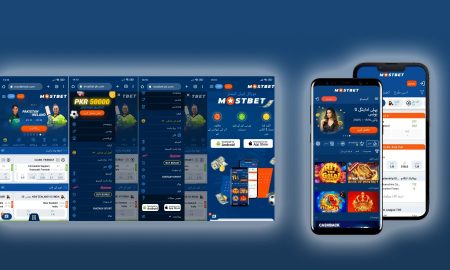

Having an active online presence no longer entails the mere creation and maintenance of a single version of a business website. The range of devices people use to access the internet is extensive, ranging right from traditional PCs and laptops, to smartphones, PDAs, and other small, handheld devices. As such, it is of essence to prepare such a website (with multiple versions), so that users are offered the best experience – irrespective of what the device they might be using to access your web pages. Some key tips to prepare such a sophisticated, device responsive website are:
- Find out more about the devices used to access the web – Unless you have a fair idea about the nature of devices that might be used to view your website, how can you optimize the latter properly? Find out exactly what type of mobile website design you require, apart from, of course, the conventional version of the website. You should also get in touch with a mobile app developer, while preparing a device responsive website. Such apps can create a favorable buzz about your website.
- Do not add too many functionality features – Smart functionalities often add to the overall attractions of a website. However, such advanced features should never be included, at the cost of viewer experience. Have you ever wondered that an intricately designed website, that looks really efficient on your computer, might take more than 5 minutes to load properly on a Smartphone?
- Have a framework – Having a framework is always essential, to lend that extra professional touch to any website. Choose wisely from the available range of frameworks, and select the one that would have the best cross-platform usability. That way, you can bring down the overall bounce rates from your website.
- Use pictures and videos judiciously – Images and videos are as important as website content components, as are regular texts. However, you need to be aware of the resolution of the images that you are putting in on a device-responsive website. Typically, high-resolution pictures have the best aesthetic qualities, but they can take slightly longer to load – putting the mobile browsers at an inconvenience. While planning a mobile website design, you should ideally go for a separate image gallery section, so that the general performance of your website does not suffer.
- Analyze visitor behavior – What is the conversion rate of your website? Is the ‘stickiness’ of your pages at par with what you wanted? Is the bounce rate for the mobile version of your website higher than that of its traditional counterpart? These are some queries that you should seek the answers of, in order to create a really efficient device responsive website. If any of the responses seem to be unfavorable, try to get to the root of the problem, and fix the issue.
- Test your website repeatedly – Mobile technologies are evolving rapidly, handsets with easy internet accessibility are getting smarter – and you need to be dynamic enough to update your device responsive website, so that it remains compatible with all the latest technologies. Test the website on different devices, and fix technical bugs and/or visual problems (if any). There is no saying conversions would come from which source – and you can never take a chance in that regard.
With Android phones being one of the most popular handsets for accessing the web, you should also have some smart Android apps, to complement and promote your device responsive website. Make sure that the correct version of the website is being displayed – depending upon the device which is being used to view it. Satisfied visitors would help in creating positive word-of-mouth publicity for your website – and that can lead your business to greater success!



































You must be logged in to post a comment Login